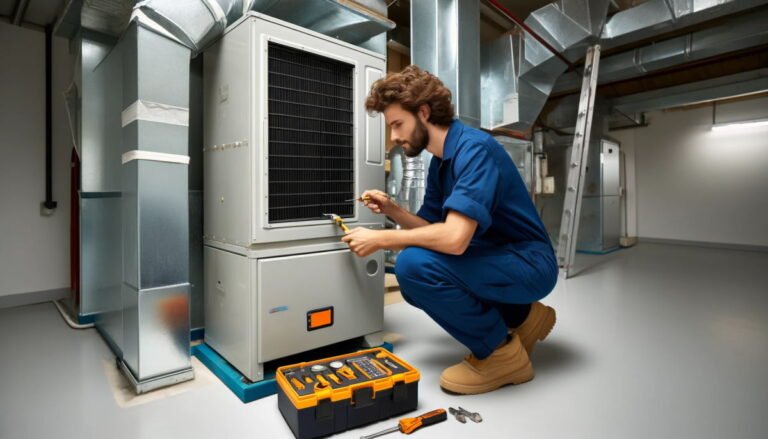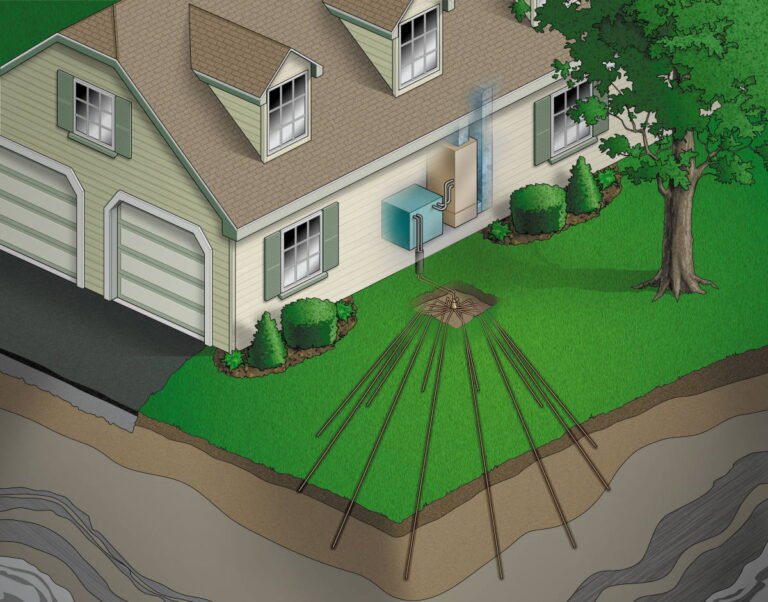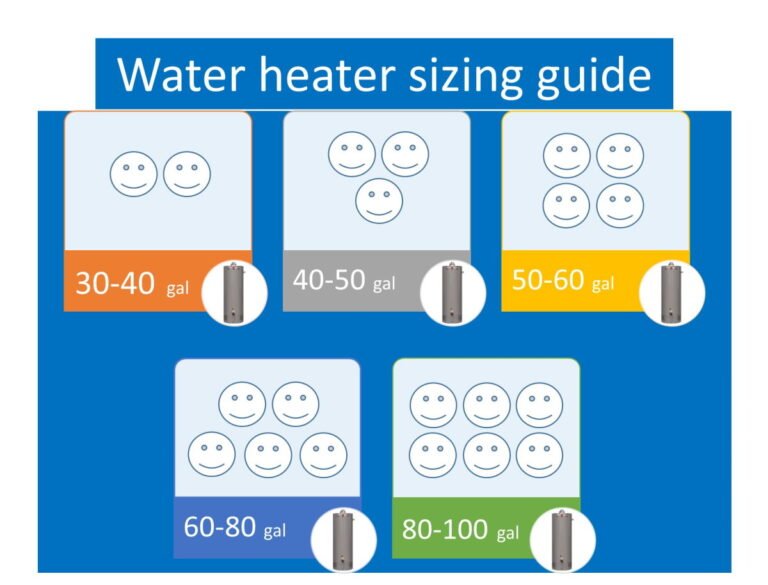Is It Safe to Heat My Home with a Gas Stove? Here’s What You Need to Know!
Many homeowners find themselves wondering, “Can I actually heat my home with a gas stove?” We’ve dug into this question to bring you the answers.
Opinions are divided—some say it’s a no-go to use your gas stove for heating, while others suggest it might work under certain conditions.
With the uptick in extreme weather and frequent power outages, it’s not uncommon for homes to lose power, leaving many to face the chill without adequate heating.
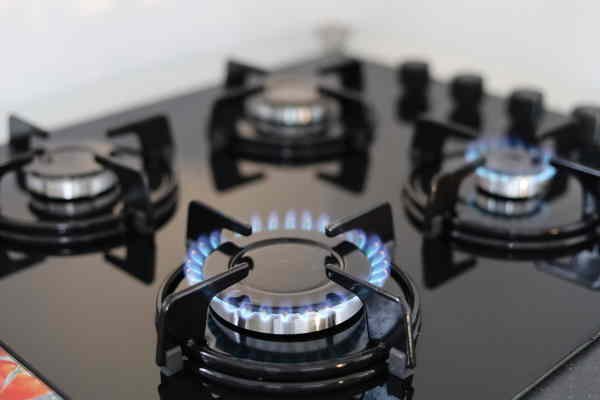
If your home relies solely on electric heating and you’re out of options, you might be considering something like using your gas stove to warm up.
Let’s explore if that’s a safe or effective solution.
Using a Gas Stove to Heat a Home: Things to Consider
Gas Stoves Are Designed For Short-Term Use Only
Gas stoves are a favorite appliance in many North American kitchens because they heat up fast and cook meals quickly. But despite their popularity, they come with a few downsides, particularly when it comes to the environment and your health.
Manufacturers assure us that gas stoves are safe, yet there’s a lot of chatter about them releasing pollutants that could cause respiratory problems and other health issues. This happens because the gas burns right in your kitchen, releasing gases without any direct venting to the outside.
Now, you might wonder, “Can I heat my home with a gas stove?” Technically, yes, but it’s really not a good idea. Here’s why:
- Stoves are Designed for Cooking, Not Heating: Gas stoves are meant for quick, frequent use —cooking a meal rather than heating a room. They don’t have the safety features that heating appliances like gas furnaces do. Using one for heat could lead to serious risks like gas leaks, carbon monoxide buildup, or even a fire.
- Inefficient for Large Spaces: They’re just not made to warm up large areas. If you’re looking to heat more than just a tiny space around the stove, it’s not going to cut it.
- Potential Damage to Your Stove: Using your gas stove to heat a home for a long time can mess it up. You could see things like warping or discoloration of the burner grates.
- If you’ve got an electric stove, on the other hand, it’s a different story. The energy might still come from burning fossil fuels, but this happens at a power plant far away, not in your home-so it doesn’t affect your indoor air quality. However, prolonged use can impact the operation and may shorten the lifespan of the heating elements.
In a nutshell, while your gas stove can technically provide some heat, it’s better to use it just for what it was designed for: cooking. For heating, you’re better off with solutions intended for that purpose, which will be safer and more effective in the long run.
How Much Heat Can a Gas Stove Produce?
A gas stove can produce a significant amount of heat, which depends on several factors such as the size of the burner, the type of gas used, and the flow rate of the gas.
Typically, a standard gas stove burner generates about 7,000 to 10,000 British Thermal Units (BTUs) per hour, while high-performance burners on some models can reach up to 12,000 to 18,000 BTUs per hour. This variability is also influenced by the type of gas; natural gas, commonly used in residential settings, usually produces less heat compared to propane.
To put these figures into perspective, consider that a small space heater typically operates within a range of 5,000 to 15,000 BTUs. Although these numbers suggest that a gas stove might effectively heat a small area, it is crucial to remember that stoves are designed primarily for cooking, not for heating spaces.
They lack the necessary safety features and adequate ventilation systems required for safe, prolonged use as a heating source. The risk of carbon monoxide buildup and other hazards makes the use of gas stoves for room heating inadvisable from a safety standpoint.
How Much BTU Do I Need For Heating?
When planning to heat your home, it’s essential to determine the correct amount of BTUs (British Thermal Units) needed based on your specific situation.
BTUs are a measurement of energy that indicate how much heat is required to raise the temperature of one pound of water by one degree Fahrenheit.
The required BTUs for heating a space effectively depends on several key factors:
- Size Matters: Start with the size of your room or house in square feet. For a place that’s moderately insulated and located in a colder area, aim for about 20-25 BTUs per square foot. So, if you have a 1,000 square foot home, you’d be looking at about 20,000 to 25,000 BTUs. It’s a simple way to start planning.
- Check Your Insulation: If your home is drafty, you might need more BTUs to keep the heat in. Good insulation means you can get away with less.
- Local Weather: Living in a colder climate? Bump up those BTUs. If your winters are mild, you can probably dial it back a bit.
- Unique Features: Got high ceilings or big windows? These features can change how much heat you need because heat tends to rise, and windows can let out warmth.
The Hidden Hazards of Indoor Gas Burning
Burning gas indoors, like when you fire up your stove, comes with some risks that are definitely worth knowing about. You see, when gas stoves burn natural gas or propane, they let off various gases. And without proper ventilation, these gases can end up hanging around in your kitchen or even worse, making their way into your lungs.
The big offenders here are nitrogen dioxide (NO2) and carbon monoxide (CO) – both are pretty nasty and can mess with your breathing. It’s a real concern, especially since more than 20% of low-income families in the U.S. rely on their gas stove not just for cooking, but also for heating their homes.
Now, here’s the scoop: According to the EPA, we don’t have specific indoor air standards for nitrogen oxides, but for a bit of context, the outdoor air standard for NO2 is about 0.053 parts per million over a 24-hour period.
Get this – someone actually tested the air while cooking on a gas stove. Just 12 minutes in, the level of NO2 jumped up over 50% higher than the hourly guideline.
And after cooking for half an hour? It doubled the recommended limit set by the World Health Organization for NO2. Makes you think, right?
So, it’s super important to make sure your kitchen is well-ventilated if you’re using gas to cook or heat. Keeping the air clear not only makes your home safer but also a whole lot more comfortable.
How Gas Stoves Can Affect Your Health
Every gas stove needs three essential elements to function properly: natural or propane gas, oxygen, and proper venting.
It’s important to note that burning gas in stoves releases toxic gases such as nitrogen dioxide (NO2) and carbon monoxide (CO). These stoves consume oxygen from the room they’re installed in. If your home lacks adequate ventilation, the stove will deplete the available oxygen, causing the gas to burn inefficiently. This inefficient combustion can produce unstable yellow flames, reduce indoor air quality, lead to asphyxiation, and increase carbon monoxide production.
Carbon monoxide poisoning is a serious risk. It’s an odorless, colorless gas produced when any fuel is burned. Inhaling carbon monoxide in high concentrations can be fatal, earning it the nickname “silent killer.”
The most common symptoms of CO poisoning include headaches, dizziness, confusion, vomiting, and chest pain.
To protect yourself and your family, it’s crucial to ensure proper ventilation and install a CO detector in your home. Without adequate venting, harmful gases like NO2 and CO can accumulate indoors, posing significant health risks, potentially even death.
How to Keep Your Home Safe from NO2 and CO Gases
Dealing with carbon monoxide (CO) and nitrogen dioxide (NO2) can be pretty scary – they’re invisible, silent dangers that can sneak up on you. But don’t worry, there are some straightforward things you can do to keep your home safe:
- Get Some CO Detectors: These little gadgets are lifesavers. Stick them up around your home, especially near any gas-burning appliances. Check the batteries regularly – maybe when you change your clocks for daylight savings – to make sure they’re always ready to go.
- Look After Your Appliances: Gas appliances can be finicky. Make sure they’re installed by someone who knows what they’re doing and get them serviced regularly. This helps prevent leaks and keeps them running safely.
- Ventilate, Ventilate, Ventilate: Keep the air moving. If you’ve got a gas stove, popping a range hood on top and using it while you cook can help pull those nasty gases right out of your kitchen.
- Keep Things Clear: Make a habit of checking vents and flues – those pipes that let the bad air out. Make sure they’re not blocked by snow, leaves, or anything else. A clear path means gases have a way out.
- Know the Signs: Headaches, dizziness, feeling weak or nauseous? These could be signs of CO poisoning. If you or anyone in your home starts feeling off, get some fresh air and call for help.
Even though there’s no big regulation on gas stove emissions as of 2023, taking these steps can make a huge difference in keeping your air clean and your family safe.
Quick Heads-Up About Using Gas Stoves for Heating
So, you might be thinking about heating your home with a gas stove, but even though it’s technically possible, it’s really not a great idea. There are a bunch of safety risks, and you could even mess up your stove. It’s much safer and smarter to stick with something made for heating, like a dedicated gas heater.
And hey, a little tip to keep your home safe: always make sure to turn off your gas stove when you’re done using it and especially before you hit the hay. It’s a simple step that can keep you safe from fires and gas leaks.
More Articles About Home Heating
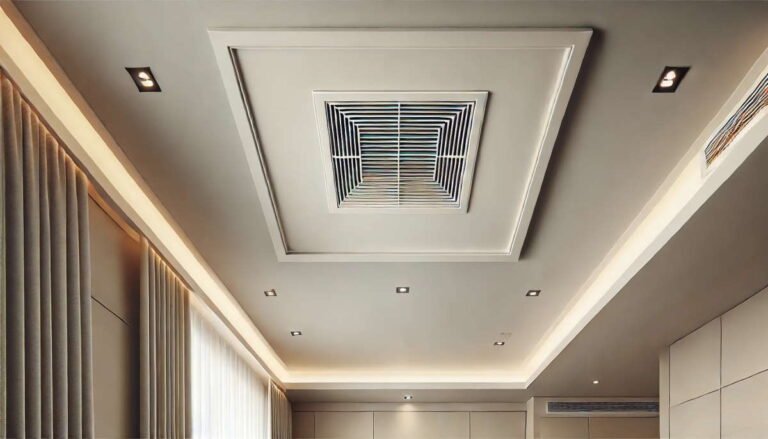
Tips and Tricks on How To Remove Bad Smell From The Air Ducts
The bad smell from the air ducts of your HVAC system is a common problem for many homeowners. Ductwork is the…
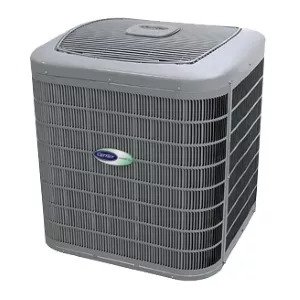
Heat Pump Not Cooling? Here’s What You Need to Know
Heat pumps are essential not only in the winter for heating our homes but also in the summer to cool…

Compare Ductless Mini-Split Heat Pumps vs. Window Heat Pumps: Which Is Right for You?
In this article, we are going to look at ductless mini-split heat pumps vs. window heat pumps, examine how each…




